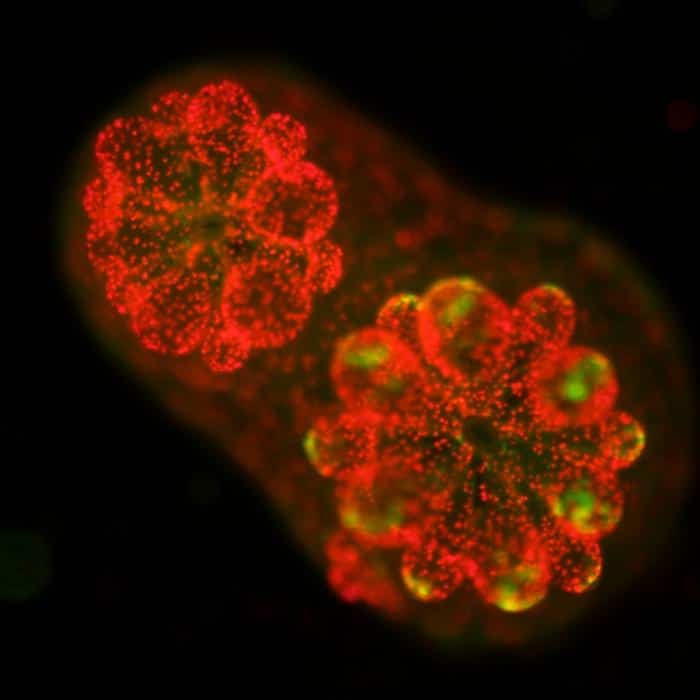Gene sequences for more than 1,100 plant species have been released by an international consortium of nearly 200 plant scientists who were involved in a nine-year research project, One Thousand Plant Transcriptomes Initiative (1KP), that examined the diversification of plant species, genes and genomes across the more than one-billion-year history of green plants dating back to the ancestors of flowering plants and green algae.
Their findings, “One Thousand Plant Transcriptomes and Phylogenomics of Green Plants,” published today in Nature, reveal the timing of whole-genome duplications and the origins, expansions and contractions of gene families contributing to fundamental genetic innovations enabling the evolution of green algae, mosses, ferns, conifer trees, flowering plants and all other green plant lineages. The history of how and when plants secured the ability to grow tall, and make seeds, flowers and fruits provides a framework for understanding plant diversity around the planet including annual crops and forest tree species. Sequences, sequence alignments and tree data are available through the CyVerse Data Commons.
“Plants have evolved to produce numerous useful chemicals. This study provides insight into that evolutionary process,” says Toni Kutchan, vice president for Research and Oliver M. Langenberg Distinguished Investigator, Donald Danforth Plant Science Center. Megan Augustin, research associate, Alex Harkess, postdoctoral associate and Michael McKain, former postdoctoral associate at the Danforth Center also contributed to the research.
Over 100 taxonomic specialists contributed material from field and living collections that include the Central Collection of Algal Cultures, Royal Botanic Gardens, Kew, Royal Botanic Garden Edinburgh, Atlanta Botanical Garden, New York Botanical Garden, Fairylake Botanical Garden, Shenzhen, The Florida Museum of Natural History, Duke University, University of British Columbia Botanical Garden and The University of Alberta. By sequencing and analyzing genes from a broad sampling of plant species, researchers are better able to reconstruct gene content in the ancestors of all crops and model plant species, and gain a more complete picture of the gene and genome duplications that enabled evolutionary innovations.
“In the tree of life, everything is interrelated,” says Gane Ka-Shu Wong, lead investigator and professor in the University of Alberta’s Department of Biological Sciences. “Our inferred relationships among living plant species inform us that over the billion years since an ancestral green algal species split into two separate evolutionary lineages, one including flowering plants, land plants and related algal groups and the other comprising a diverse array of green algae, plant evolution has been punctuated with innovations and periods of rapid diversification,” says James Leebens-Mack, professor of plant biology in the University of Georgia Franklin College of Arts and Sciences and co-corresponding author on the study.
The massive scope of the project demanded development and refinement of new computational tools for sequence assembly and phylogenetic analysis. New algorithms were developed for inferring evolutionary relationships from hundreds of gene sequences for over one thousand species, addressing substantial heterogeneity in evolutionary histories across the genomes.












